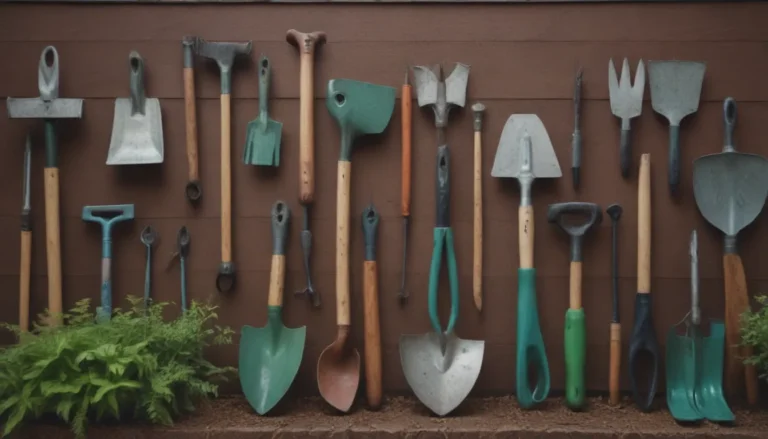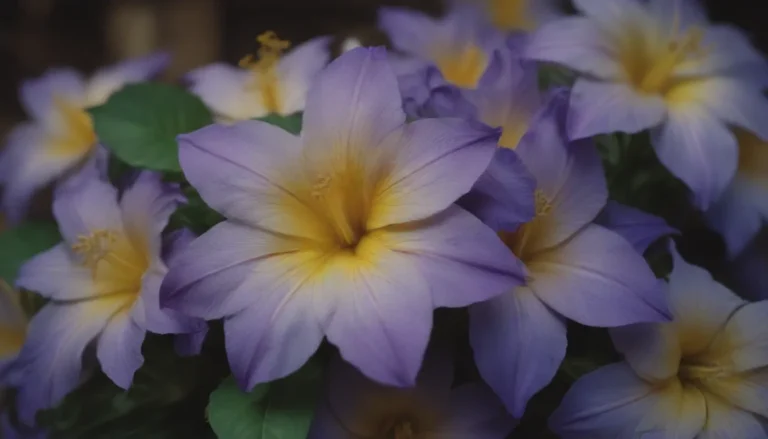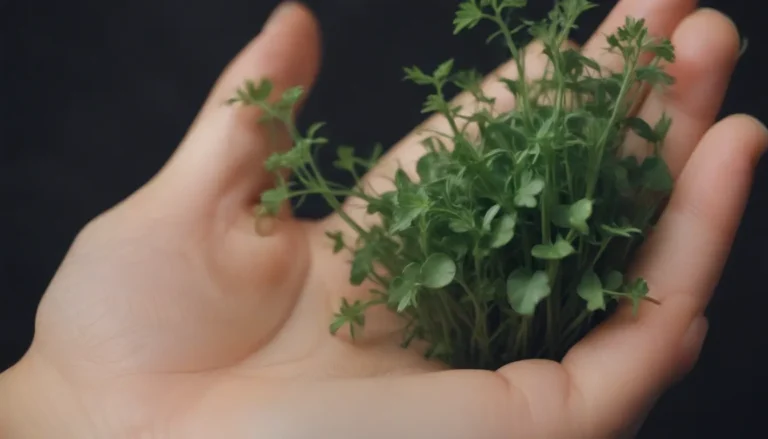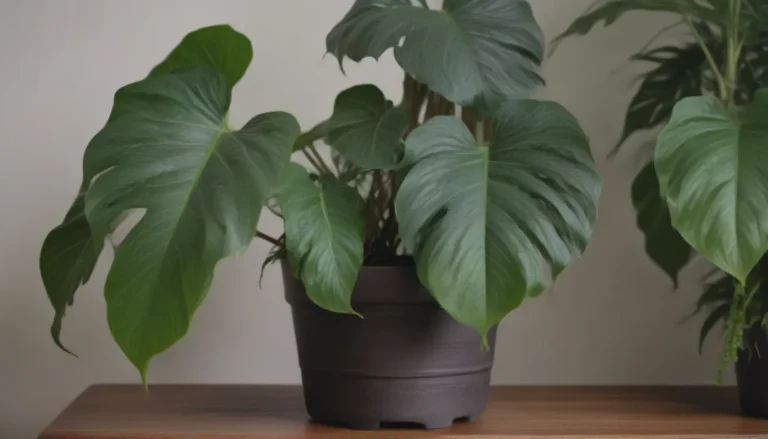The Ultimate Guide to Growing and Caring for Tarragon (Estragon)
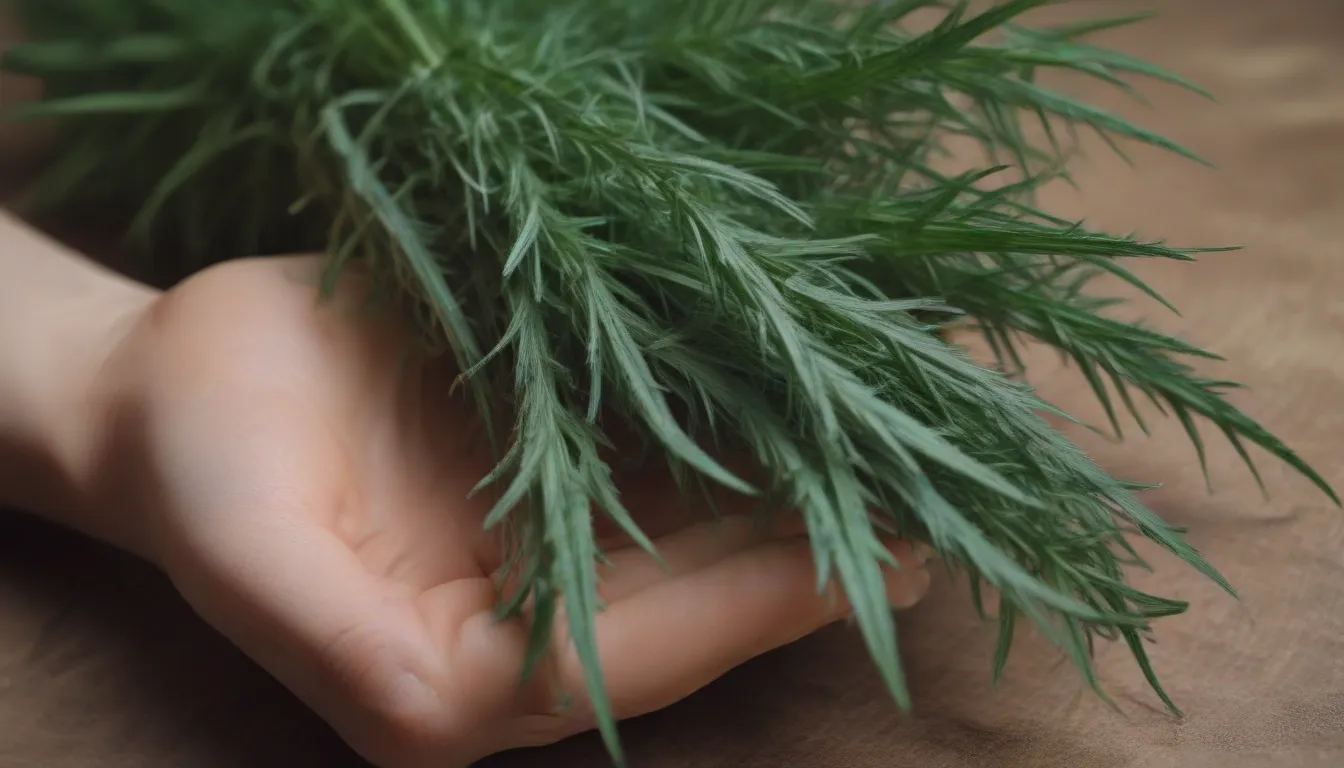
If you’re a fan of using fresh herbs in your cooking, you might want to consider growing your own tarragon, also known as estragon. This perennial herb is not only flavorsome but also easy to grow and maintain. In this comprehensive guide, we’ll take you through everything you need to know about successfully growing and caring for tarragon in your garden or containers.
Getting to Know Tarragon
Before we dive into the nitty-gritty of growing tarragon, let’s get acquainted with this herb. Tarragon is part of the sunflower family and comes in two main varieties – French and Russian. The French tarragon, also known as Artemisia dracunculus subspecies Sativa, is the more popular type due to its stronger flavor. This herb boasts long, light green leaves and can reach a height of a few feet when fully grown.
Native to mild European regions, tarragon thrives in well-drained soil and prefers a sunny or partially shaded spot in your garden. It’s important to note that tarragon doesn’t do well in overly hot climates, so keep this in mind when selecting a location for planting.
How to Grow Tarragon
-
Obtaining the Plant: Since French tarragon produces sterile flowers, it cannot be grown from seeds. You will need to purchase a young plant or obtain a cutting from a friend or neighbor.
-
Planting Time: Early spring is the best time to plant tarragon to ensure the best flavor. Avoid exposing the herb to too much direct sun in hot climates.
-
Soil: Tarragon thrives in sandy, well-draining soil. Avoid rich, acidic, moist soil as it can result in poor growth and reduce the flavor of the herb.
-
Light: While tarragon enjoys full sun in moderate climates, it prefers dappled or early morning sun in hot regions. Avoid exposing it to intense heat.
-
Watering: The watering needs of tarragon depend on the weather conditions and the maturity of the plant. Young plants may require watering every other day during hot, dry spells, while mature plants are fine with light watering every few days. Check the soil before watering to avoid overwatering.
-
Temperature and Humidity: Tarragon is not picky about temperatures but does not do well in intense heat and high humidity. Mulch can be used in winter to protect the roots from cold snaps.
-
Fertilizer: Tarragon does not require fertilizer for optimal growth. Planting it in low-nutrient soil can enhance its flavor. If you choose to use fertilizer, do so only during the initial planting stage.
Propagating Tarragon
French tarragon can be propagated through stem cuttings or root division. The herb does not flower much, and when it does, the flowers are sterile.
-
Stem Cutting: Select a young stem and cut a length of around five to six inches. Remove the leaves from the bottom third and place the stem in moist potting soil after dipping it in rooting hormone.
-
Root Division: This can be done in late fall or early spring by cutting the root ball in half and planting the division in fresh soil. Root division every three years helps with tarragon production.
Harvesting Tips
French tarragon can be harvested from May to August, with the best time being when the stems reach about six inches tall. Trim back flower buds during the growing season to promote bushy growth and retain the best flavor in the leaves. Fresh leaves are ideal for use, but dried or frozen leaves can also be used as long as they are not stored for too long.
Growing Tarragon in Containers
While tarragon can be grown in containers, it typically only thrives for two to three years before needing to be replanted into the ground or a larger container. Ensure the container is spacious enough to accommodate the roots. Transplant potted tarragon outside after the danger of frost has passed in spring to avoid root binding.
By following these tips and guidelines, you can successfully grow and care for tarragon in your garden or containers. Enjoy having this flavorful herb at your fingertips for all your culinary creations!
